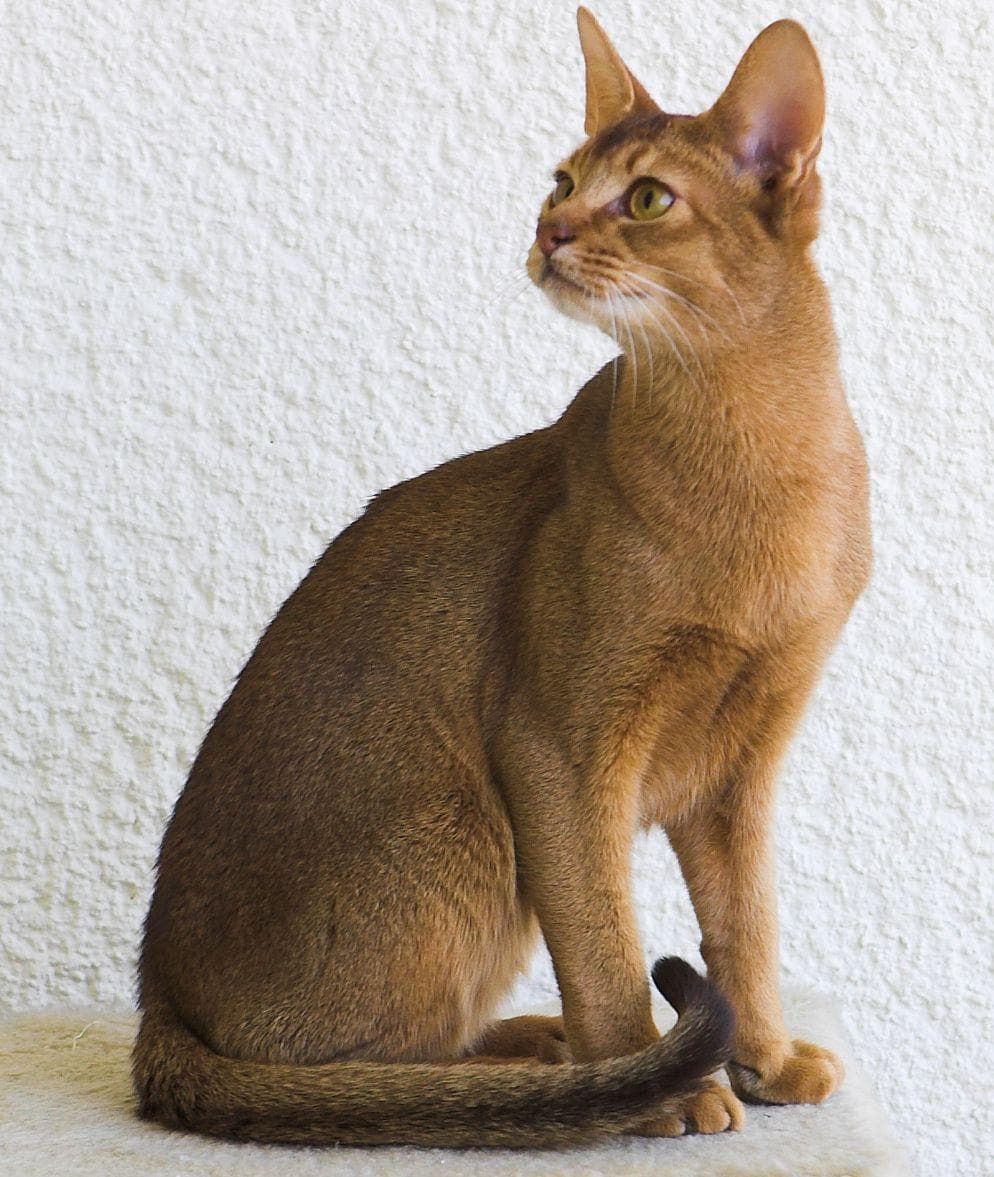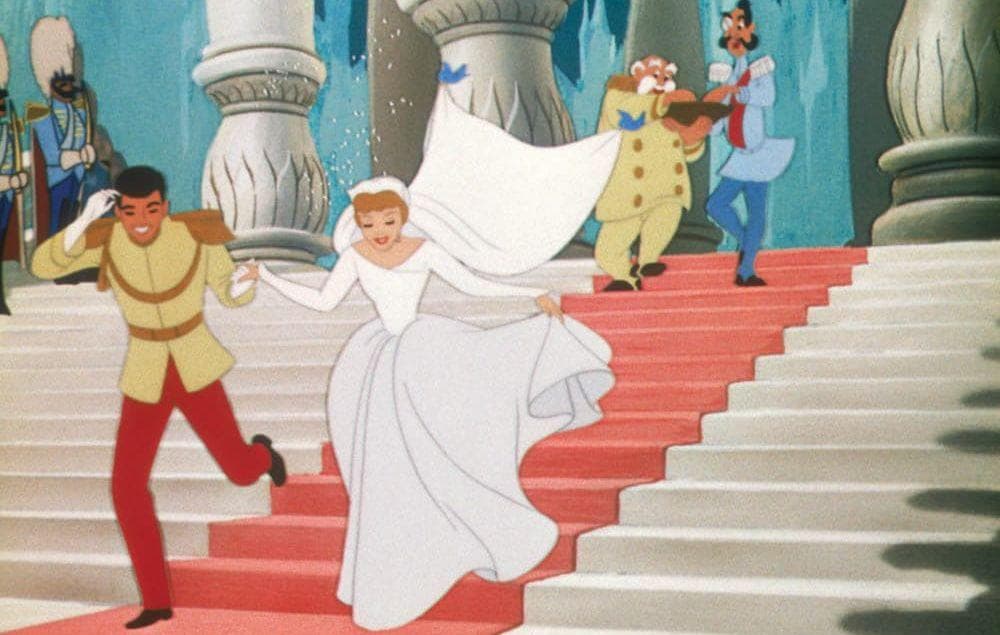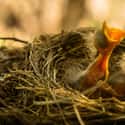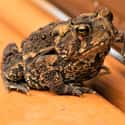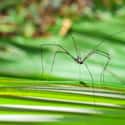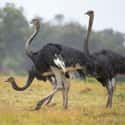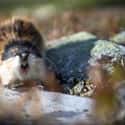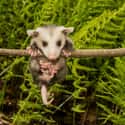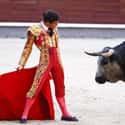-
(#1) Baby Birds Will Be Rejected By Their Mothers If Handled By People
The myth: Baby birds will be rejected by their moms if they come into contact with humans.
The truth: While it may be for the best to leave baby birds alone, the enduring notion of the birds' subsequent rejection simply isn't true. This myth is rooted in the misconception that mother birds won't recognize their babies' scent after they've been picked up by humans, but in reality birds have a poor sense of smell and don't notice the difference. Baby birds are often found alone because they're learning to fly. In part, the myth may have been a result of well-meaning adults who didn't want children picking up baby birds and potentially injuring them.
-
(#2) Wedding Rice Kills Birds
The myth: When birds eat wedding rice, their bellies explode.
The truth: Who knows where this misconception came from, but it's definitely not true. Wedding rice typically is dehydrated rice, as opposed to wild grains. Despite being a tradition that spans back to ancient Egypt, modern-day wedding planners have opted to use bubbles instead of rice for fear it's killing the poor little church birdies when it expands in their stomachs. But the truth is the rice doesn't expand enough to hurt the birds even a little bit. A 2002 research study done at the University of Kentucky showed regular bird seed expands in a stomach more than the rice does. So, in reality, wedding rice doesn't even constitute a full meal for church birds.
-
(#3) Bats Are Blind
The myth: Bats are completely blind.
The truth: All bats can see to some extent - that's why they have eyes. Bats can actually see very well, because they use both their eyesight and their "sonar" sight. Most bats employ echolocation (which is like a kind of sonar), allowing them to "see" in greater detail than any human ever could. How else do you think these little guys can locate the tiniest flying gnat in near-darkness?
-
(#4) Pit Bulls Are A Dangerous And Harmful Dog Breed
The myth: Pit bulls are vicious killer dogs.
The truth: Any dog is capable of attacking a human, and while the pit bull is no exception, the breed itself isn't more violent because of its DNA. It's easy to pick on this dog because it's commonly bred to fight, but many breeds of dog were trained to kill things and they don't get banned from parks or buildings because of it. German shepherds, Rottweilers, Dobermans, and chows are all bred from a line of "aggressors." Pit bulls are only aggressive when they've been trained to be that way.
-
(#5) Toads Give You Warts
The myth: Toads give you warts.
The truth: This myth probably came into existence when mothers wanted a way to have their children stop picking up animals outside for fear they might carry disease. The lumpy toad - or any toad, for that matter - won't give you warts. These lumps help toads live in dry climates, unlike most frogs, which require moisture. This trait also helps toads blend into their environment with textures made possible by the wart-like protrusions. Those bumps may be a unique physical characteristic, but they can't be transferred to humans.
-
(#6) Daddy Longlegs Are The Most Poisonous Spiders
The myth: Daddy longlegs are poisonous.
The truth: There's probably a lot you don't know about this spider. For one thing, the spider you think is a daddy longlegs might actually be something else. There is a daddy longlegs spider, but in England the creature with this name isn't a spider at all. The long-legged cellar spider is an example of a daddy longlegs and is probably the reference point for this myth.
The thing is, there's no record of a pholcid spider ever biting a human and causing any kind of reaction. If they were really poisonous, the only way we would know is if we had milked them and injected the venom into humans. This has not been done. And there are no toxicology studies of any kind showing the effects of pholocid venom on any mammal.
-
(#7) Ostriches Bury Their Heads In Sand
The myth: Ostriches bury their head in the sand.
The truth: This myth probably came from the fact that ostriches, like many other kinds of birds, eat pebbles and sand to help them digest their food. They also turn their eggs with their beaks, another thing that makes them put their heads near the ground. If an ostrich put its head in the sand as we once believed, it would probably suffocate and die.
-
(#8) Lemmings Commit Mass Suicide When Migrating
The myth: Lemmings are suicidal.
The truth: During the filming of a 1958 Disney "documentary" White Wilderness (which won an Academy Award for Documentary Feature), filmmakers staged footage of lemmings jumping to their death after faking scenes of mass migration. A Canadian documentary called Cruel Camera that came out years later found the lemmings used for White Wilderness were flown from Hudson Bay to Calgary, where they did not jump off the cliff, but in fact were launched off the cliff using a turntable.
Lemmings do not hurl themselves off cliffs. They do migrate, and sometimes during these migrations they will fall off cliffs or into rivers - accidentally, like many other migratory species.
-
(#9) Healthy Dogs Have Wet Noses
The myth: Dogs with wet noses are healthy.
The truth: The coldness or dampness of a dog’s nose is an indication of its activity level and is not indicative of health conditions. As with humans, sweating through the nose helps a dog regulate its internal body temperature. Dogs also have a layer of mucus that forms on their noses to help them smell better, and when a dog licks its nose, it's taking in a sample of whatever it's smelling.
-
(#10) Possums Hang From Their Tails In Trees
The myth: Possums hang from their tails.
The truth: Opossums do have partially prehensile tails, true. And young ones can hang upside down for short times, but why would they? There's no point. Why don't you curl your legs over a bar and hang upside down all the time? Or sleep that way? Absolutely not. This fact probably comes from the fact that possums typically live in and around trees.
-
(#11) Bears Go Into Hibernation During The Winter
The myth: Bears hibernate during the winter.
The truth: If you try and wake up a bear during hibernation, you're going to have a bad time. First, bears are not "true" hibernators. While some do slow down during the winter - even to the point where they will sleep extended periods of time called a torpor - they do not sleep for the entire season. What's more important is they are wakeable during this period of torpor, meaning if you stumble across a sleeping bear, it's best to let it lie.
-
(#12) Goldfish Have A Three-Second Memory
The myth: Goldfish have terrible memories.
The truth: Watch out, goldfish owners - your fishy friend might be holding a grudge. Well, maybe not. But they definitely remember things much longer than three seconds. Goldfish can actually remember things five months or more. Scientists determined goldfish could remember the times of day they were typically fed, and would anticipate feedings for months.
-
(#13) Bulls Hate The Color Red
The myth: The sight of the color red makes a bull charge.
The truth: Sorry, wannabe matadors - this isn't true at all. This myth started after matadors in the 1700s started using muletas - small red capes - in bullfighting. This led people to believe it was the color of the cape causing the bull to charge, not the cape itself. As it turns out, bulls respond about the same to capes that are red, blue, and white. It's the size of the cape - not the color - that makes a bull respond.
-
(#14) Head Lice Only Prefer Dirty And/Or Long Hair
The myth: Head lice only live in dirty hair and/or long hair.
The truth: Head lice are equal opportunity invaders. There are actually many myths about head lice, but none bigger than the one about the length and quality of the hair they live in. The truth is, these pests pick any human head they can successfully contact. It has nothing to do with personal hygiene or cleanliness, and they don't prefer longer strands over short ones. They can live on any human scalp and are spread through lice-to-head contact, typically from sharing brushes or combs.
-
(#15) Camels Store Water In Their Humps
The myth: Camels store water in their humps.
The truth: Camels roaming through the desert must get mighty thirsty. So much so, they store extra water in the hump - right? Wrong. Astoundingly, a camel can survive for seven days without drinking water, but it's not because it has an extra stash on its back. The humpback is nothing more than a fatty tissue that can be burned if a camel hasn't had food in a long time. So what is super-efficient in storing water for the camel? Kidneys. Camels extract and use so much water in their bodies, their urine comes out as thick as syrup.
-
(#16) The Leader Of A Wolfpack Is The Alpha
The myth: The leader of a wolfpack is known as the alpha.
The truth: This myth is so perpetuated, humans have adopted the terms "alpha" and "beta" to describe personality types. But in reality, dogs don't use the social hierarchy of alphas and betas to determine who is in charge. Packs are actually a lot like human families, where teams of adults - be it moms, dads, aunts, uncles, etc. - raises the younger pups. The older a wolf is, the more authority it has in the pack. Birth order determines how independent a pup is between its brothers and sisters - that is, until it has a family of its own.
New Random Displays Display All By Ranking
About This Tool
Our data comes from Ranker, If you want to participate in the ranking of items displayed on this page, please click here.

